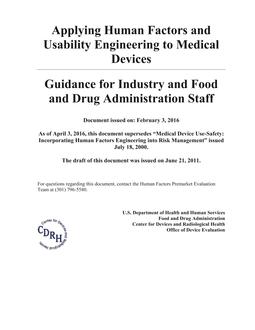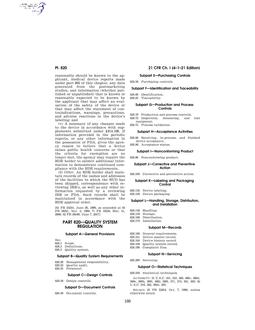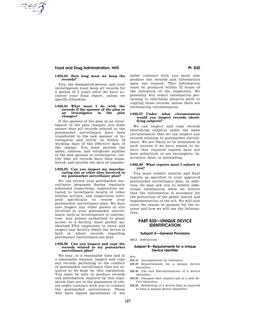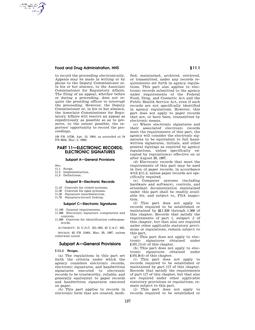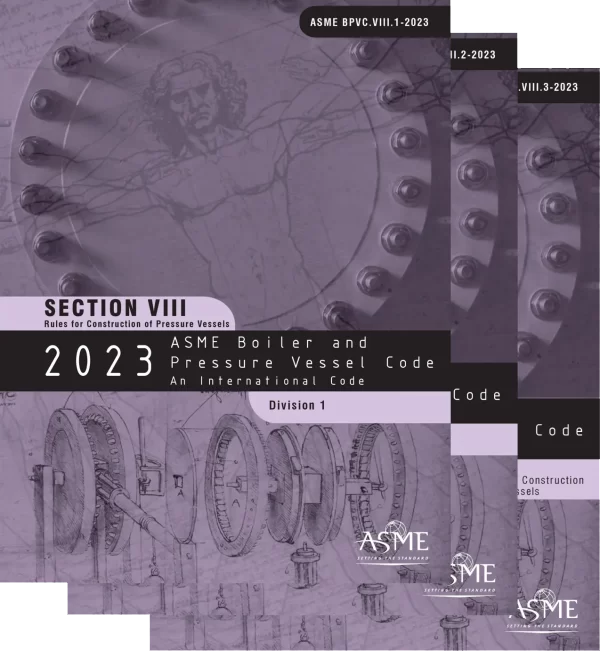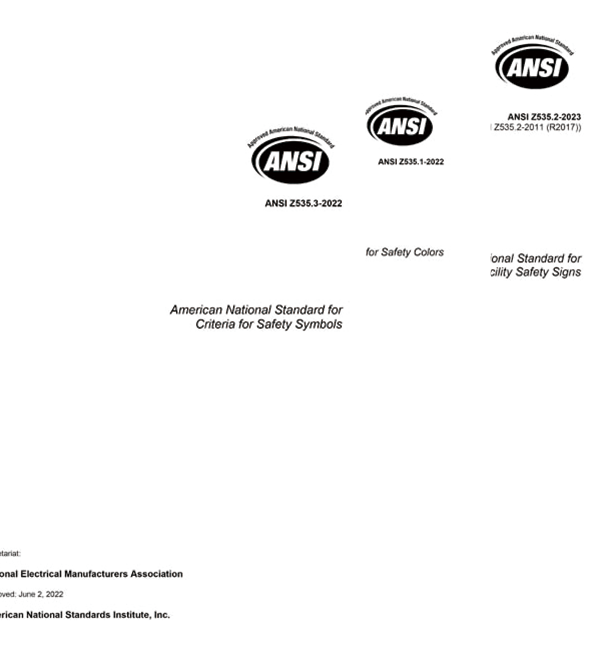FDA 21 CFR UCM 259748
2016
Applying Human Factors and Usability Engineering to Medical Devices
- Format:
- Language(s) :
- Published :
- English
- 02/03/2016
This guidance recommends that manufacturers follow human factors or usability engineering processes during the development of new medical devices, focusing specifically on the user interface, where the user interface includes all points of interaction between the product and the user(s) including elements such as displays, controls, packaging, product labels, instructions for use, etc. While following these processes can be beneficial for optimizing user interfaces in other respects (e.g., maximizing ease of use, efficiency, and user satisfaction), FDA is primarily concerned that devices are safe and effective for the intended users, uses, and use environments. The goal is to ensure that the device user interface has been designed such that use errors that occur during use of the device that could cause harm or degrade medical treatment are either eliminated or reduced to the extent POSSIBLE.
As part of their design controls1, manufacturers conduct a risk analysis that includes the risks associated with device use and the measures implemented to reduce those risks. ANSI/AAMI/ISO 14971, Medical Devices – Application of risk management to medical devices, defines risk as the combination of the probability of occurrence of harm and the severity of the potential harm2. However, because probability is very difficult to determine for use errors, and in fact many use errors cannot be anticipated until device use is simulated and observed, the severity of the potential harm is more meaningful for determining the need to eliminate (design out) or reduce resulting harm. If the results of risk analysis indicate that use errors could cause serious harm to the patient or the device user, then the manufacturer should apply appropriate human factors or usability engineering processes according to this guidance document. This is also the case if a manufacturer is modifying a marketed device to correct design deficiencies associated with use, particularly as a corrective and preventive action (CAPA).
CDRH considers human factors testing a valuable component of product development for medical devices. CDRH recommends that manufacturers consider human factors testing for medical devices as a part of a robust design control subsystem. CDRH believes that for those devices where an analysis of risk indicates that users performing tasks incorrectly or failing to perform tasks could result in serious harm, manufacturers should submit human factors data in premarket submissions (i.e., PMA, 510(k)). In an effort to make CDRH’s premarket submission expectations clear regarding which device types should include human factors data in premarket submissions, CDRH is issuing a draft guidance document List of Highest Priority Devices for Human Factors Review, Draft Guidance for Industry and Food and Drug Administration Staff (http://www.fda.gov/downloads/MedicalDevices/DeviceRegulationandGuidance/Guidanc eDocuments/UCM484097.pdf). When final, this document will represent the Agency’s current thinking on this issue.
| FDA 21 CFR UCM 259748 | |
|---|---|
| STANDARD INFO: | |
| Standard Name | FDA 21 CFR UCM 259748 |
| Scope | Applying Human Factors and Usability Engineering to Medical Devices |
| Publisher | FDA - Food and Drug Administration |
| Languages | English |
| State | [ Active ] |
| Publication Year | 2016 |
| Most recent Version | MOST RECENT |
| Whether to be replaced | |
| Addendum | |
| FILE INFO: | |
| Edition | 16 |
| File Size | 1 file , 5.6 MB |
| Number of Pages | 50 |
| Published | 02/03/2016 |
| FDA 21 CFR UCM 259748 | ||
|---|---|---|
| History | Publisher Year | |
Related products
- Format:
- Language(s) :
- Published :
- default
- 04/01/2024
- Format:
- Language(s) :
- Published :
- English
- 04/01/2021
$17
- Format:
- Language(s) :
- Published :
- English
- 04/01/2019
$16
- Format:
- Language(s) :
- Published :
- English
- 04/01/2018
$15

Over 3,000,000 global standards
Our standards library is extensive, with over 2 million documents, ensuring we meet the needs of various industries. Whether it’s ASME, DIN, ASTM or ISO and other internationally recognized standards, we offer complete documents and the latest versions to help customers adhere to industry regulations in their projects. Whether your needs are technical standards, regulatory requirements, or design guidelines, our standards library provides comprehensive support.
24 online customer service
Our team includes up to 50 engineers from fields such as healthcare, electronics, and construction, who can answer your technical questions and ensure you find the correct and accurate standard documents. We are dedicated to helping you find the best solution that meets your needs.

Thanks to the StandardsClub customer service team for helping me find the ASME BPVC-2023 SET I was looking for in a high-quality PDF version. Their assistance was excellent, and the document quality exceeded my expectations!
This standard document is very detailed, covering all relevant technical points, and provides comprehensive guidance for my project. The ANSI/NEMA Z535 SET was exactly what I needed, and I am very satisfied with the quality!
The purchasing process was straightforward, the price was very competitive, and the download was quick. The Tissue Engineering Standards Addressing Product Quality and Characterization Package was of excellent quality and provided all the information I needed. Definitely a great value for the price!
“Got questions? Our professional customer service is ready to assist you anytime. Whether it’s finding documents, getting discounts, or navigating the purchase process, let us help you get the standards you need!”

Sign Up Our Newsletter
Don’t miss out! Subscribe now to get exclusive offers and industry insights!
We care about your data in ou privacy policy.

